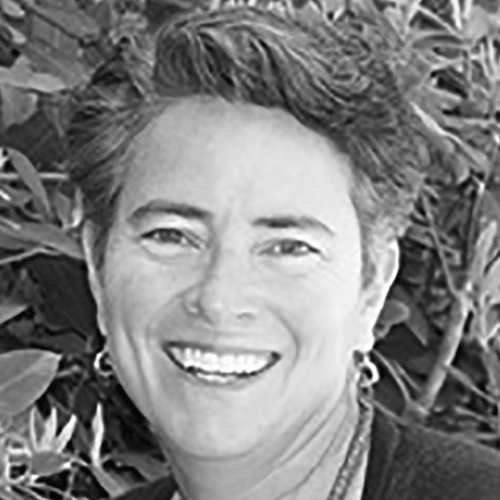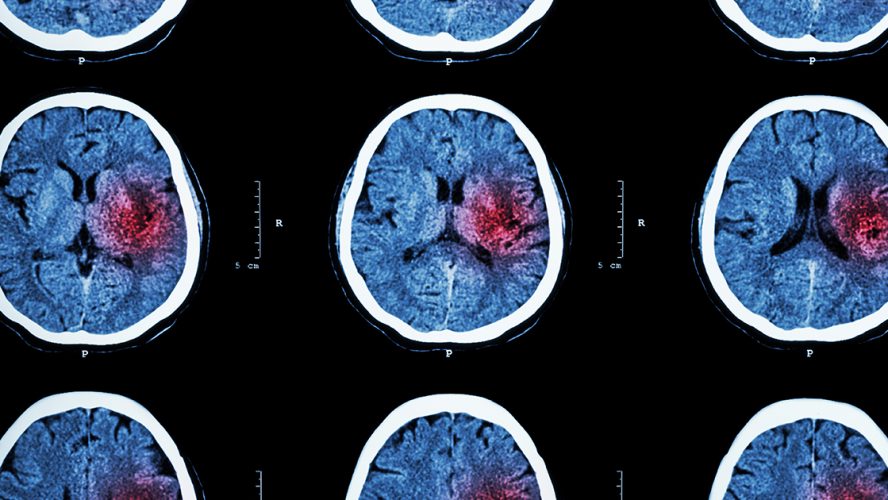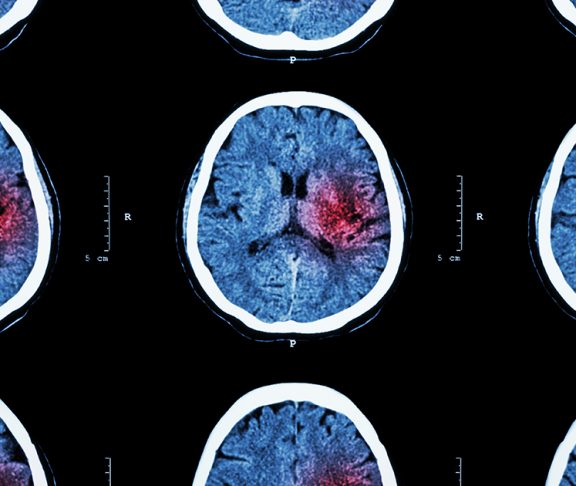
Christine Buckley
BAF Executive Director
“People have to be their own health advocate… no one knows better than you what your body is experiencing.”

Dr. Christopher Oglivy
Neurosurgeon, Beth Israel Deaconess Medical Center and Massachusetts General Hospital
“If I’m going to take this second chance and gift, it’s selfish if I don’t spread the word.”
When Tom Tinlin reported having the worst headache of his life to his primary care doctor in 2017, his physician blamed stress and sent Tinlin home with a week’s worth of anti-inflammatory medication and sleeping pills. Only days later, Tinlin found himself in the ER, where he was diagnosed with a life-threatening ruptured subarachnoid aneurysm.
Tinlin says he’ll never forget what one of the doctors said. “They said, ‘If you make it through the night, we’re not sure what kind of guy you’re going to be tomorrow,’” he recalls.
Tinlin is one of 30,000 people in the United States who has a ruptured brain aneurysm annually, according to the the Brain Aneurysm Foundation (BAF). One in 50 currently have an unruptured brain aneurysm that may never cause issues or symptoms.
Understanding the disease
A brain aneurysm is a bubble in a blood vessel of the brain, says BAF co-founder Dr. Christopher Oglivy, a neurosurgeon at Beth Israel Deaconess Medical Center and Massachusetts General Hospital. When arteries within the vessel become soft, aneurysms can form.
BAF executive director Christine Buckley says an estimated 20 percent of cases have a genetic component, but other risk factors for aneurysms include smoking, high blood pressure and being over age 40. The exact cause is unknown.
Knowing the signs
Because brain aneurysm symptoms overlap with those of other conditions, misdiagnoses like Tinlin’s aren’t uncommon, Buckley says. That’s why awareness and patient advocacy is so important, she says. Indeed, a CAT scan of the brain can help detect the aneurysms, and they can be treated after rupture.
“People have to be their own health advocate,” Buckley says, “because no one knows better than you what your body is experiencing.”
Twenty percent of ruptured brain aneurysms lead to immediate death, and Tinlin knows he’s lucky. He left his former job and is determined to share his story to educate doctors and patients.
“If I’m going to take this second chance and gift, it’s selfish if I don’t spread the word,” he says.

